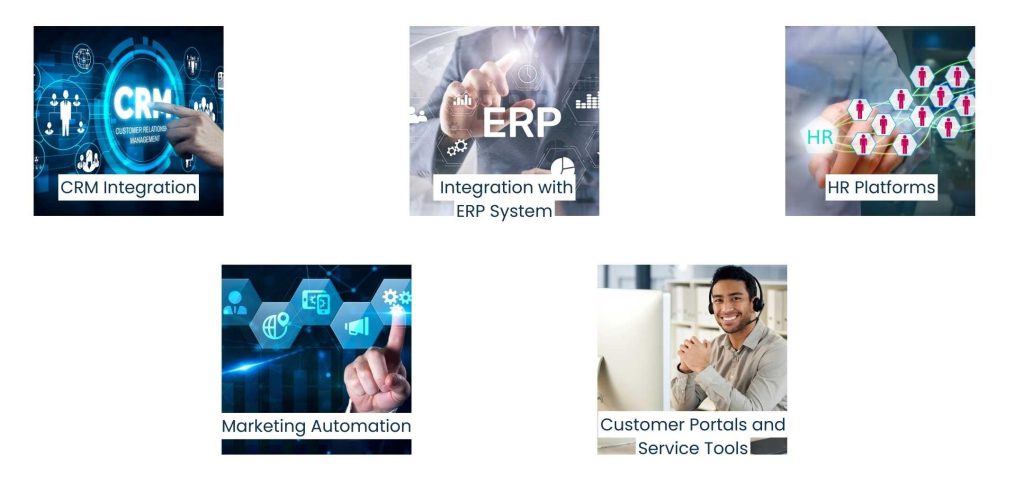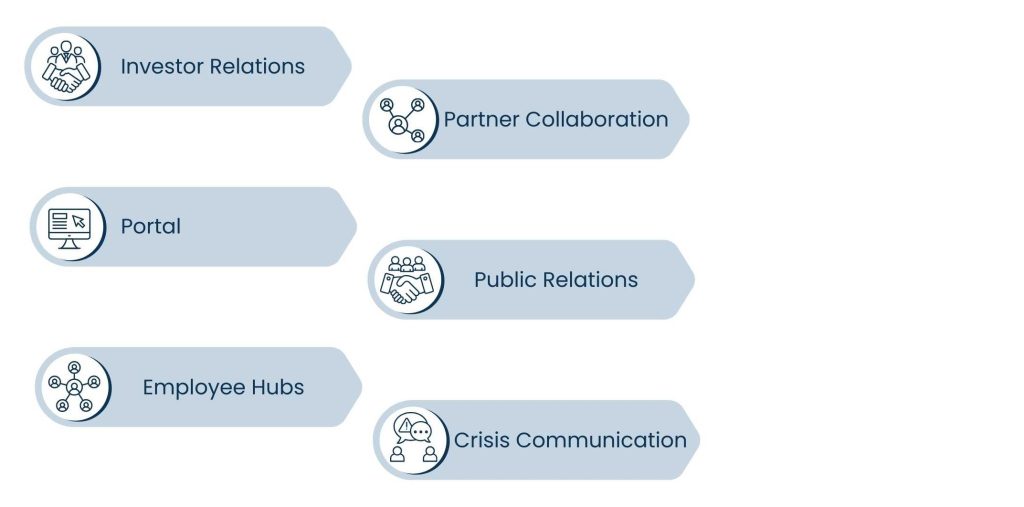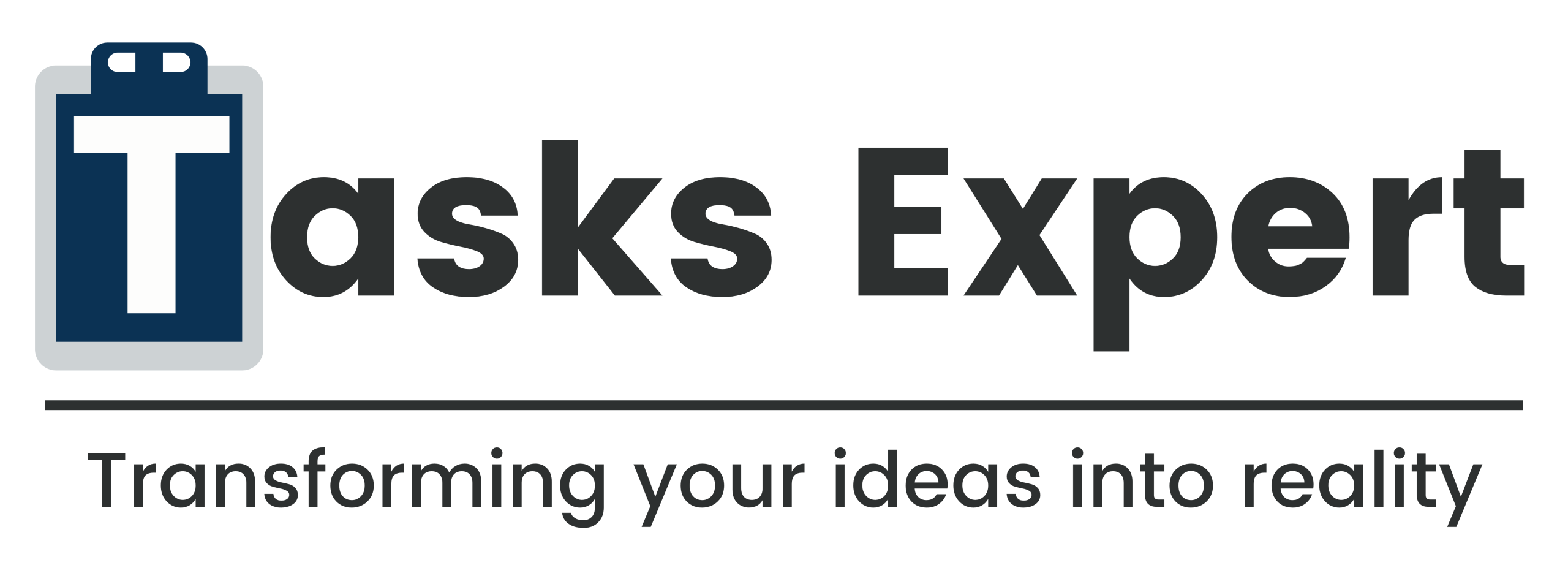Introduction
Website is no longer a ‘face’ to the outside world but a part of the machine that is required to power your digital revolution. If a website is not visually engaging to keep pace, it has no use in the field of corporate in such a dynamic business world. To mark a remarkable presence on a digital platform, corporate website development is crucial.
It’s all part of a platform to connect the enterprise in a way that is more secure, collaborative, and promotes smarter decision-making. A strategically developed corporate website acts as a digital command center. It links teams, sends signals to stakeholders, drives new business opportunities, and keeps everything working smoothly.
Even more significantly, it supports an overarching digitalisation strategy by streamlining work, keeping sensitive information safe, and offering modern live analytics to help them make the best choices.
In this blog, we’ll also look at how corporate sites fuel digital transformation in five key areas – including integration with enterprise systems, better security, internal and external communication, advanced analytics, and ROI-driven growth.
Corporate Website Development and Relevant Systems
A high-value area of corporate website development is the capacity to integrate with your enterprise systems. In the era of digital transformation, having stand-alone websites is no longer enough, and businesses require platforms that connect the dots across different tools and departments. A well-designed website makes sure that what happens in the front-end from the customer’s perspective is a perfect reciprocated reflection of what happens in the back-end business.

Here’s how integration drives impact:
CRM Integration:
When you connect a website to the latest tools like Salesforce or Zoho, every single lead goes directly into your sales pipeline. This eliminates the burden of manual data entry, human mistakes, and lets the sales team act more quickly. Over time, these integrations enhance conversion rates by ensuring that you won’t lose a single customer in the cracks.
Integration with ERP System:
For enterprises that have SAP, Oracle, or Microsoft Dynamics, ERP providers will use website integration to have better data flow. This provides the ability to keep financials, inventory, supply chain, and order management changes in sync in real time. This minimises complexity and assists in guaranteeing that directors and managers are consistently in the loop and well-informed about the facts.
HR Platforms:
Many companies have a part for careers section on their corporate sites. When users connect with HR systems, they can apply for a job and fill internal databases without anyone lifting a finger. The system automatically imports resumes, providing a simpler experience for candidates and recruiters to simplify the hiring process.
Marketing Automation:
With tools such as Marketo or Mailchimp, businesses can launch targeted campaigns. User action, i.e., page visits, downloads, or time spent on certain services, can automatically activate standout sales emails, guiding customers until they’re ready to speak with the sales team.
Customer Portals and Service Tools:
It also allows for self-service. They can log into helpdesk/ billing-related portals and download pending invoices, raise tickets, or access custom resources without human intervention from you. Not only does this result in happier customers, but it also saves support teams time and effort.
Integrated Websites act as static marketing material but operational machines. Accelerating successful returns to work with customer engagement centers and workspaces that connect customer communications to employee workflows to deliver better outcomes for employers and employees. For contemporary companies, integrating is no longer a choice; it’s the key to long-term growth and competitiveness.
Corporate Website Development and Security
As companies adopt technology and go digital, their websites are no longer just a set of pages that show a high-level view of what they offer; they are transactional, data-oriented, and communication channels. Security responsibility comes with this extended role. One weakness can cause data leaks, financial losses, and reputational harm. That’s precisely why website development for business should have security at the heart of its strategy.

The following are the security fundamentals every corporate website developer should focus on:
SSL and HTTPS:
These certificates are now considered the industry standard. They encode potentially sensitive data sent between you and the website, shielding login information, credit card numbers, and personal information. Security benefits aside, Google even gives a ranking boost to secured websites, meaning SSL acts not only as protection, but as an SEO necessity.
Data Encryption:
Companies also need to ensure that sensitive pieces of data stored on servers are encrypted (SSL only encrypts data in transit). In this way, even if intruders were able to read your data, it would still be encrypted and of no use to them. Encryption is mandatory for accounting, medical, or law firms.
Compliance:
Companies have legal and compliance obligations; big multinational companies need to comply with laws such as GDPR in Europe and HIPAA in the USA, or PCI DSS for payment solutions. Now here is the twist: to make websites play the game, most of these instant win contests will ask website managers to have a cookie consent tool, a secure payment gateway, and a privacy policy. Non-compliance poses not only the threat of fines or punishment, but also of losing customer confidence.
Defense from Firewalls and Intrusion:
Web Application barriers and a Violation Detection System prevent the corrupted traffic from reaching the website. This saves an application from attacks like SQL injection, cross-scripting, and denial-of-service.
Multi-Factor Authentication:
MFA is important for employees, partners, and customer portals. Even when a password is leaked, there is an additional authentication factor required to unlock the account.
Regular Security Audits:
Company websites should be audited on a routine basis by way of vulnerability scans and penetration tests. These are proactive scans that let you know of a vulnerability before a hacker can exploit it.
Great website security is about more than data security; it’s about trust. In an era where online trust is currency, securing the heart of your digital business is as much about brand and customer loyalty as it is about compliance with the global standards for protection of personal information. By integrating features that protect users directly into the structure of the internet, companies make it so innovation doesn’t have to come at the cost of security.
Corporate Website Development: Communication Arena
It’s moving beyond marketing to readers, and it’s becoming about communication. For companies transforming digitally, the company website emerges as the central nerve where employees, investors, partners, and customers come together. A strategically built website enables effective communication among these groups, increasing transparency and confidence.

Here’s how company websites are used as powerful communication channels:
Investor Relations:
Tailored investor sections or investor portals with reports, press releases, and the most recent performance numbers allow them to spend less time searching for the information they want. This type of transparency builds credibility and allows the shareholders to understand that you are responsible and looking into the future.
Portal:
Clients can use password-protected portals to access resources or see the progress of a project. Such gateways lessen the need for email and telephone communications, allowing users to contact the business at any time.
Employee Hubs:
Enterprise intranets accessible on the web help office workers access HR policies, training modules, or company announcements with ease. “It’s very cool and streamlines things, less chaos and easier to communicate internally, the smaller end of things, obviously not everyone just yet.
Partner Collaboration:
Websites can feature vendor and partner portals where secure sharing of documents, contracts, and updates is the norm. This eradicates the operational waste of manual swaps and supports better business relationships.
Public Relations:
A newsroom or media tab on your site provides a platform for the press and public to obtain the latest information about your company. Press kits, company logos, and official statements being easily available enhances the visual identity of the company and thus prevents the generation of misinformation.
Crisis Communication:
Around global affairs or policy changes, the site can be used as the mainline source to help individuals stay in the loop; it allows people to give updates to all their various audiences in a consistent manner.
Siloes are torn down, and stakeholders are united across an organization’s website when all communication is housed in one place. They allow businesses to keep users posted in real-time about tailored content for particular lobbies.
In the Digital Age, the corporate website is much more than a unidirectional communication tool; it’s an interactive center for collaboration and engagement. The payoff is deeper relationships with customers, partners, employees, and investors – each of which is critical to long-term business success.
Also Read: Google Ads Management Services: Maximize ROI
Corporate Website Development and Analytics
The fact that with digital transformation, companies are making decisions based on Data rather than gut feelings. A corporate site functions as a nexus where companies collect such insights, and much of what you learn can provide rich information about how clients, employees, and stakeholders engage with your brand. Business Website Development Together with the proper tools, corporate Website Development lets businesses transform raw data into actionable strategies.

Here’s how analytics can help you make more intelligent decisions:
Heatmaps and click tracking:
Reports can also be used by businesses to determine where the maximum, or minimum, customer engagements are taking place so that they can optimize page layouts, CTAs, and navigations to construct more effective customer journeys.
Conversion Funnel Tracking:
Analytics applications pipelines show you exactly where prospects are falling out of the process, be it a form, a pricing page, or a checkout screen. Armed with this information, companies can iterate on test improvements to those improvements, further reducing drop-off and maximising the flow of leads.
Customer Insights:
What services or blog topics are fielding the most engagement, enabling them to know what client pain points are. And it’s this information that can be used to inform service offerings, marketing campaigns, and, yes, even the development of new products.
Monitor performance:
Performance indicators like bounce rate, page load, and mobile friendliness identify negatives or detractors that could be hindering engagement. A perfect example is that a slow service page will affect your conversion rates.
Predictive Analysis:
Users’ behaviour can be predicted through AI-driven tools on corporate websites. If data reveals that visitors who download a certain guide are likely to request consultations, then companies can execute specific outreach to those users as they continue to interact with the brand.
Business Intelligence:
Websites integrated to BI platforms such as Power BI or Tableau get full coverage by combining website data with sales, finance, and operations metrics. It’s to ensure you make holistic decisions as a leader.
But by adding an embeddable flavor of analytics straight to the company website, rather than only looking at vanity metrics, organizations can really see what is making a difference. This insight ensures decisions are based on how people are behaving, not how they assume they are, and leads to smarter and more successful digital transformation strategies.
In essence, a website with advanced analytics is not simply an online storefront but what could be described as the company’s nervous system.
The ROI of Corporate Website Development in Digital Transformation
There are still a lot of businesses that see a corporate website as a cost of doing business. When underpinned by digital transformation efforts, however, it becomes a cost that pays back. A contemporary website isn’t just something that looks good; it’s moving the needle by making sure the money you spend is making you more, or costing less, and spurring long-term growth. It is for this reason that enterprise website development is an element of a digital transformation strategy.

Here’s how ROI is realized:
Lead Generation Value:
An optimized website will generate ready-to-act leads regularly and without the high expense of paid advertising. Features like lead forms, gated content, and chatbots are landing prospects 24 hours a day. This, over time, lowers the cost per acquisition of customers and ensures a healthy pipeline of prospects.
Operational Savings:
With websites integrated to CRM, ERP, and HR platforms, websites take care of those process flows that would require manual intervention. Whether it’s onboarding a new client or a recruitment process, automation is saving us hours and cutting down on mistakes everywhere. This efficiency can be immediately reflected as cost savings.
Client Retention:
Self-service from corporate sites allows prospects to pay bills, download reports, and check the status of projects. These benefits help boost satisfaction, loyalty, and reduce client churn (something that is much, much, much cheaper than earning new business).
Credibility:
Professional, secure, and transparent offerings increase a service’s and its provider’s credibility with customers, partners, and investors. Building trust with the encounter helps you with those critical close rates, and it builds that momentum of trust that you can never put a price on, but it compounds and provides enormous value long term.
Scalable Growth:
Sites with enterprise CMS capabilities can grow, with an increasing number of languages, service lines, or geographies, while standing on the shoulders of what came before, rather than having to start again. Such an easy-to-use feature makes sure your website can expand at any given time, including not only growth strategies, but rebranding exercises as well.
Data-Driven intelligence:
The kind of stuff that can come from behind corporate firewalls, and it can be as much from how customers behave as how a campaign plays out. Firms that use this information can refine their strategies faster, ultimately making them more productive and profitable.
When considering the bigger picture, the ROI of building a corporate website goes beyond just money. For operational savvy, market share, cred, and agility in a digital-first universe.
In other words, a corporate website created with the digital revolution at the back end is not an expense; it’s a money machine.
Conclusion
Corporate websites have become a natural part of the development of businesses in the current business environment, being an integrated part of digital change. Organizations can no longer solely view the modern website as a marketing tool; it’s the cornerstone of integration, security, communication, analytics, and measurable ROI.
At its best, a corporate website integrates with back-ends, builds trust with security, converges your voice, and harnesses intelligence from analytics. More importantly, it helps businesses grow and expand by attracting new leads, satisfying existing clients, and providing international capability.
Business websites are a reflection and the driver of progress for companies looking to undergo a digital transformation. It’s a testament to your professionalism, a bridge between all your stakeholders and your vision, and a powerful tool to promote your business as you look to the future.
The strategic link is obvious: the corporate site is not just one piece of digital transformation – it’s the center of it. So, if you too want to transform your organization digitally, then do contact us today!
About Us
Tasks Expert offers top-tier virtual assistant services from highly skilled professionals based in India. Our VAs handle a wide range of tasks, from part time personal assistant to specialized services like remote it support services, professional bookkeeping service etc. Furthermore, it helps businesses worldwide streamline operations and boost productivity.
Ready to elevate your business? Book a Call and let Tasks Expert take care of the rest.









